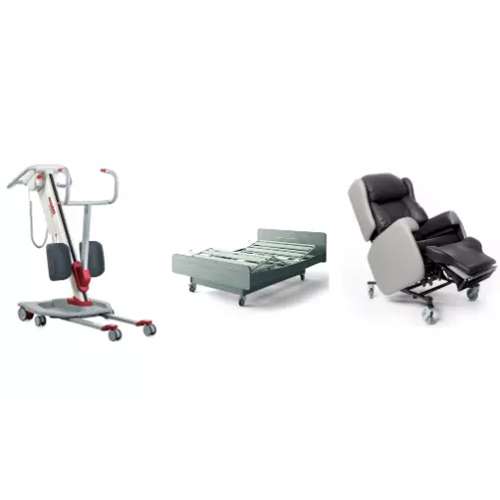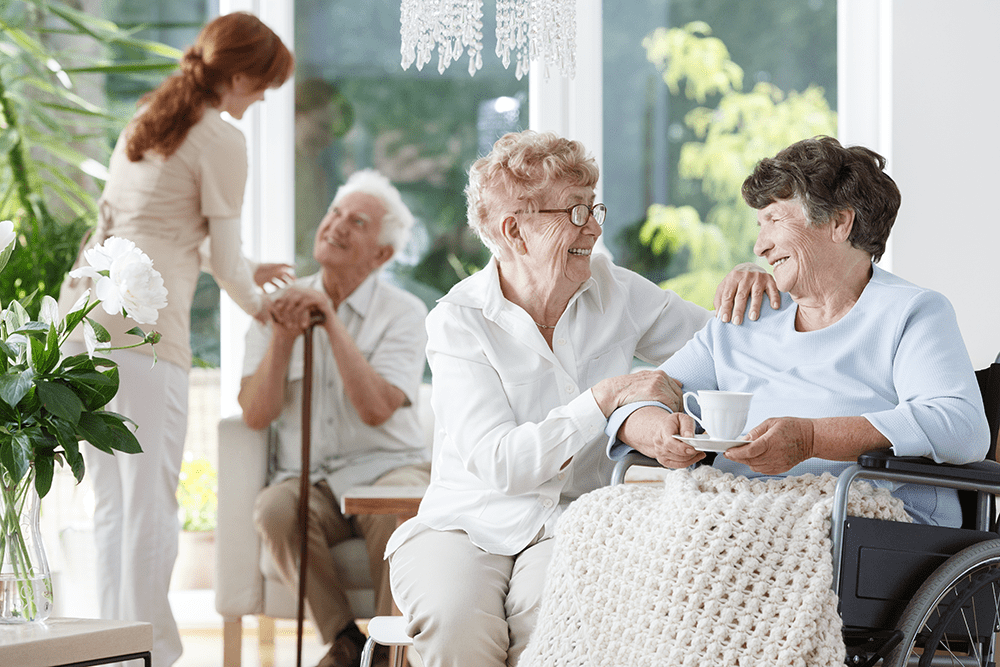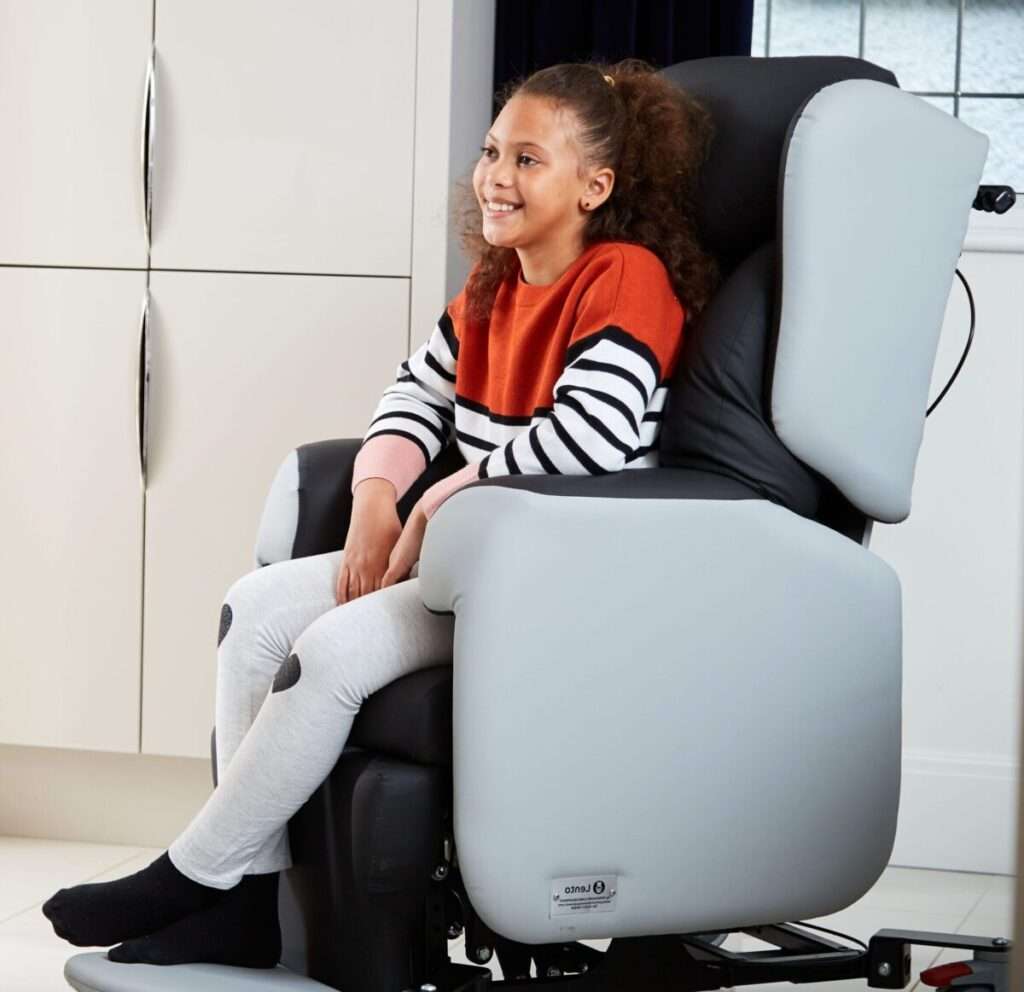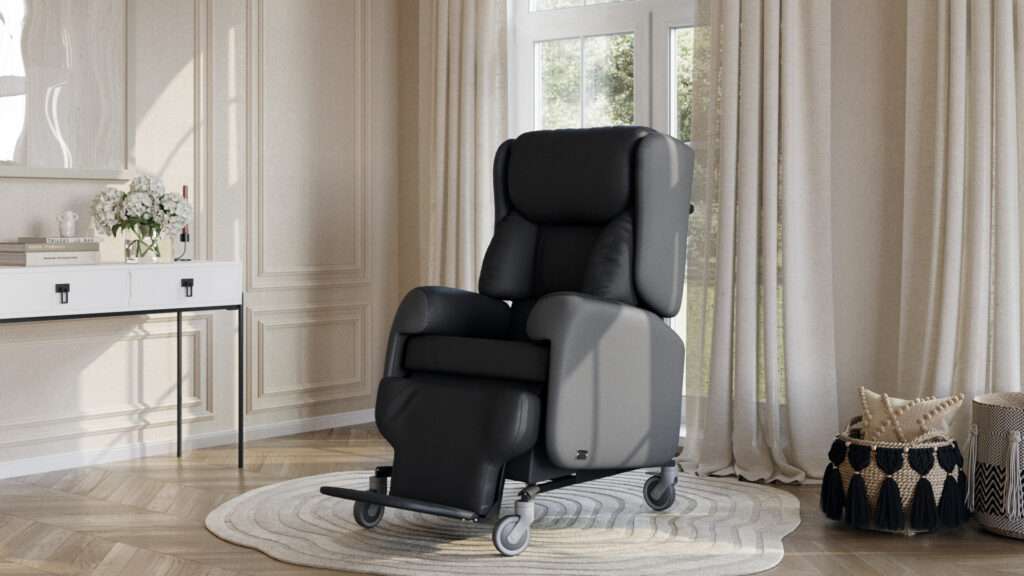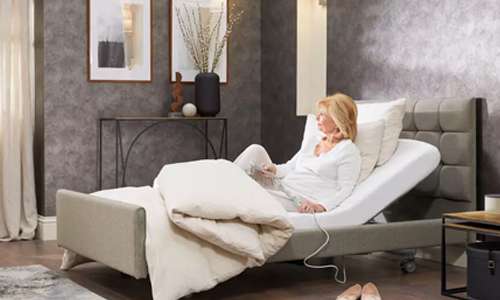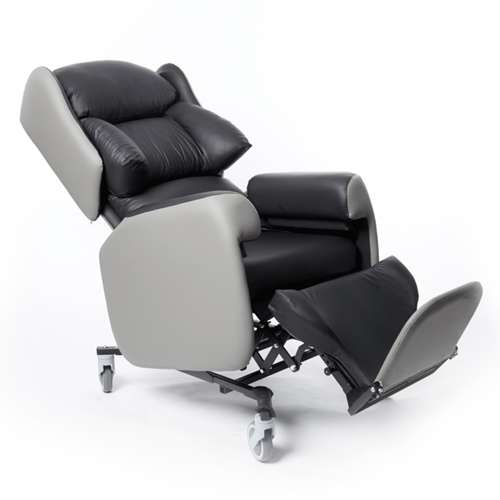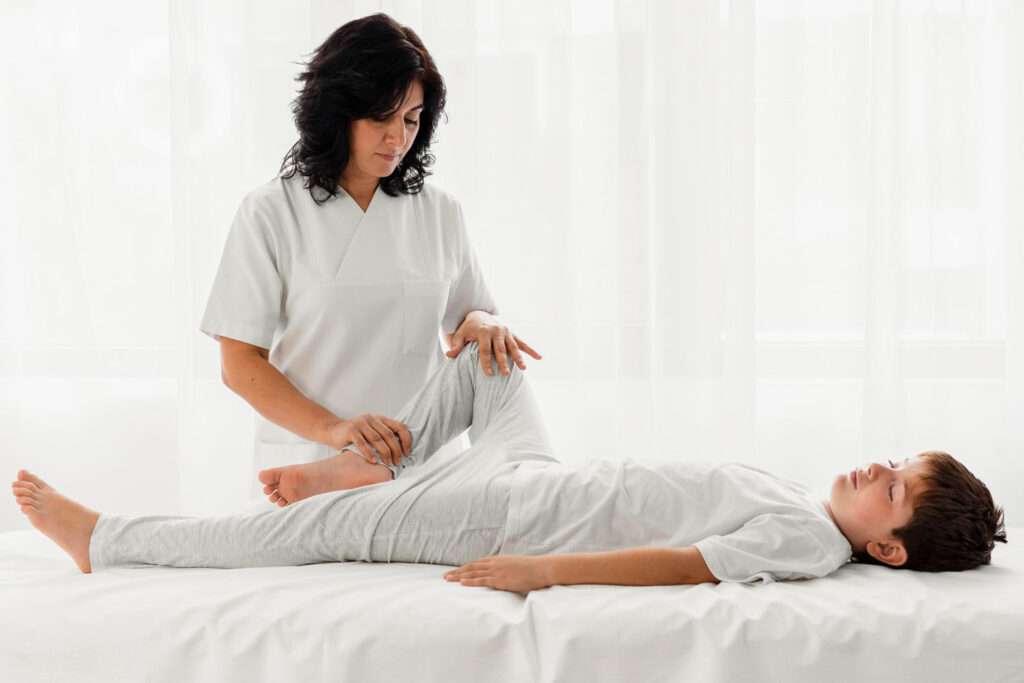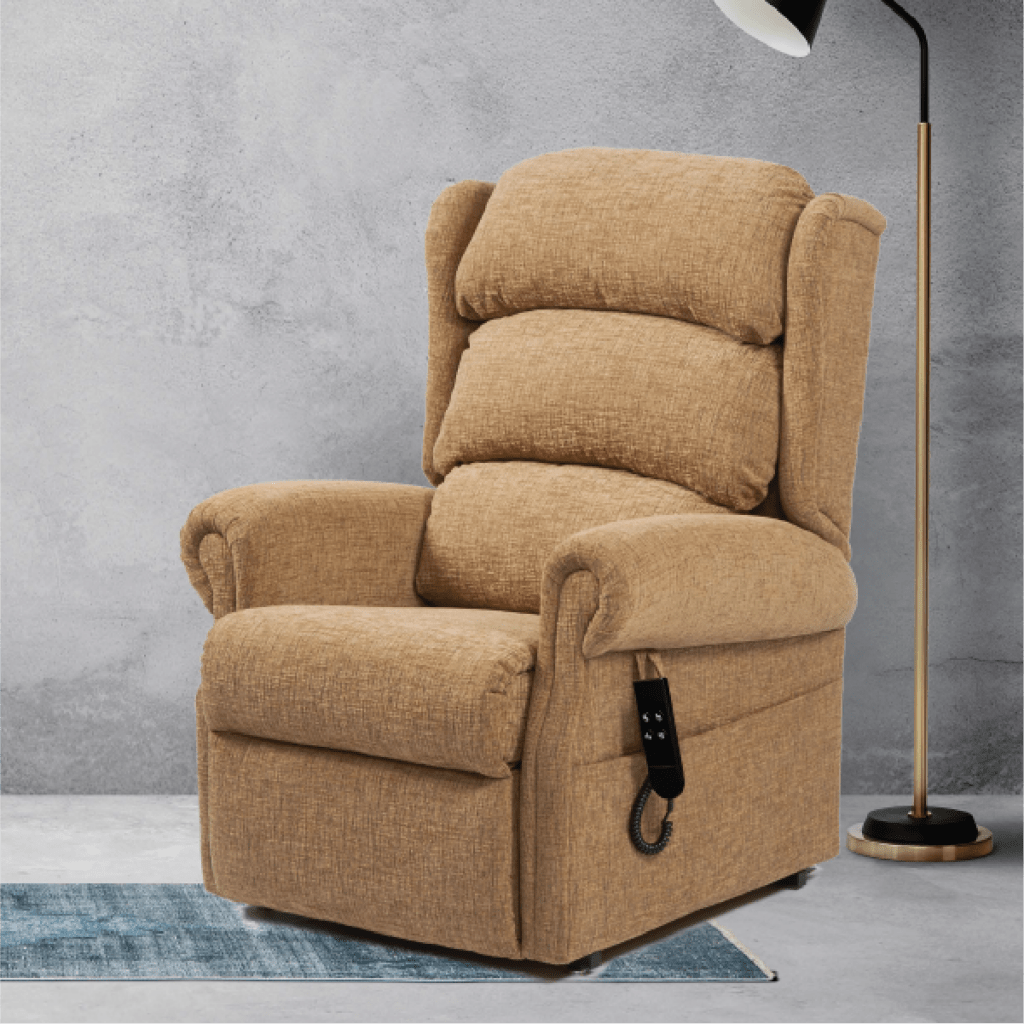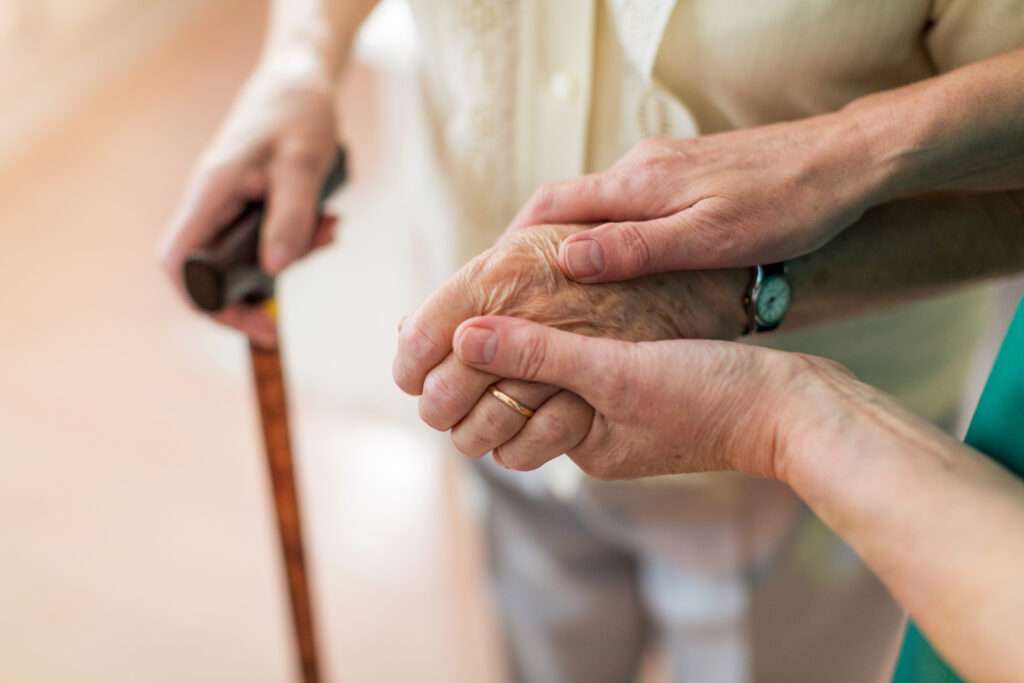Community Equipment Services provide social care equipment and assistive devices that allow a person to be independent at home, as well as safe in the wider community.
From mobility and sit to stand aids, to hoists and profiling beds, pairing recovering patients with the right care equipment is paramount to helping them along their community-based rehabilitation process.
The Importance of Timely Discharge from Acute Care
1 in 7 hospital beds are taken up by patients who are medically ready to go home but cannot be discharged due to a lack of available social care package.
This issue of delayed discharge is of particular relevance to the older adult community with an expanding older population projected to “rise by 90% to nearly 10 million over the next 25 years” while the “number of people aged 85 and above will more than double.”
The scope of the issue is large, with 44% of people with neurological conditions left without access to community rehabilitation for their condition, and leading causes of disability in the UK such as falls, health, and circulatory disease lacking from the community based rehabilitation access that would reduce the debilitating impact of these issues on individuals and health systems.
The recent announcement of an ‘Adult Social Care Discharge Fund’ to provide additional funding to the social care support system with the aim of increasing inpatient discharge into the community will be welcome news to struggling social care providers.
The announcement comes at a time of low confidence from the public that adult social care is being prioritised. A recent survey conducted by the Health Foundation found that the public is pessimistic about adult social care with 56% saying they think standards have got worse over the past 12 months.
This increased opportunity to provide social care packages that effectively serve community patients means that district and community care organisations need access to the correct equipment to provide rehabilitation services.
How Community Based Rehabilitation Can Help Tackle Existing Backlogs:
With many medically discharge ready patients currently occupying hospital beds, pairing patients with the correct care equipment can aid in speeding up discharge rates and facilitate the smooth flow of patients through the system.
Initiated by the World Health Organization in 1978, Community Based Rehabilitation (CBR) is a community development strategy intended to “increase access to rehabilitation services at the community level for people with disabilities”
Community based rehabilitation has since evolved to be a way of operation across multiple sectors that recognise its benefits to People with Disabilities (PwD) and the healthcare system which is relieved of patients in acute care.
Recuperation & recovery would be aided by doing this closer to home with access to the correct care equipment, a 2009 study assessed the impact of community-based rehabilitation and found a “positive impact on access to services and the well-being of People with Disabilities (PwD).
Similar studies on the effectiveness of CBR have found that “CBR activities are not only cost-effective, but have delivered encouraging results in increasing independence; enhancing mobility; influencing community attitudes positively; and in facilitating social inclusion of disabled people”
It has also been noted that “home-based healthcare and rehabilitation and education interventions were effective for stroke survivors.”
Effective Social Care Packages
Social Care is the catch all phrase used to describe the variety of extra support & professional help that a patient may need to carry out everyday tasks with ease while allowing them to live comfortably.
A Social Care Package is a combination of social care services that are identified and put together into a rehabilitation programme with the intent of meeting a person’s assessed needs as part of a social care plan.
These plans are put together after an assessment by a care professional and they provide a specific plan of care for a patient.
After an initial assessment is carried out, a social care package may be recommended as part of a larger care plan intended to effectively care for a recently discharged patients’ needs.
The social care package recommendation could include finding the right equipment to help them recuperate in the most optimal surroundings (at home or in the community) & possibly recommending adaptations to their home.
This equipment can range from assistive devices that help make day to day tasks easier like hoists & sit to stand aids, to wheelchairs, mobility aids & specialist seating.
Funding NHS equipment services and enabling them to build a catalogue of care equipment ready for social use when patients are discharged from hospital is essential to allow for a smooth transition from acute to community care.
Summary
With increased funding and attention now being dedicated to social care and the improvement of community care services that aid in the discharge of patients from hospital, social care providers will have increased access to equipment that will allow them to more effectively provide community care.
This increased funding allocation towards social community care can allow community services (care homes and district nursing) to acquire the care equipment needed to offer an effective and efficient service.
It will also aid in the reduction of stresses and strains on acute care and facilitate discharge and the flow of patients through the healthcare system.





